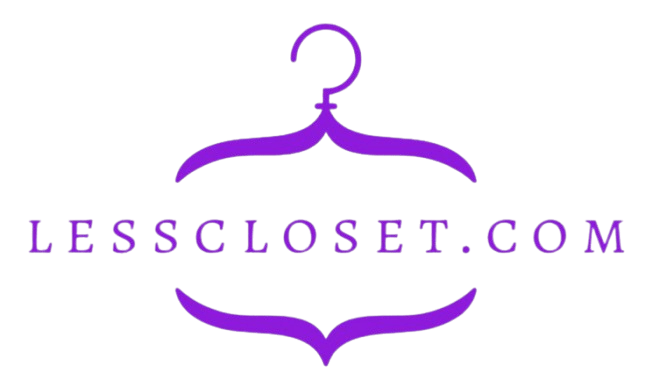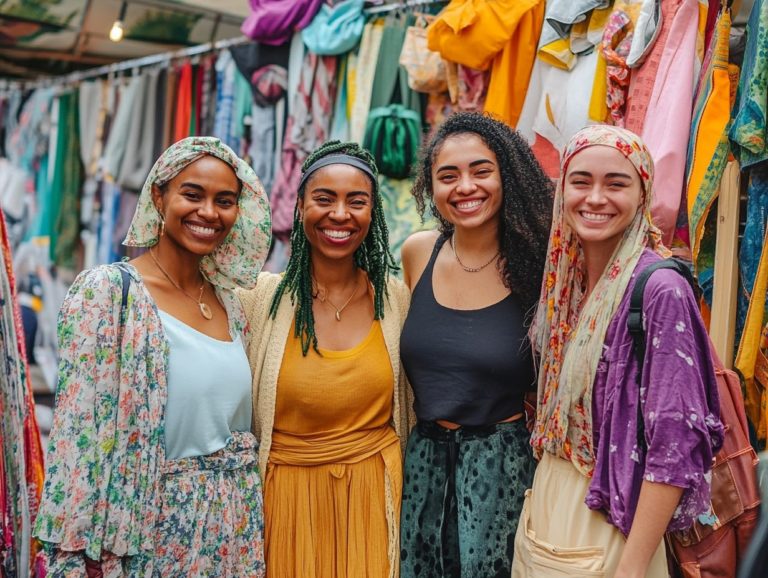5 Tips for a Sustainable Fashion Shopping Trip
In a world that is more aware of environmental challenges, sustainable fashion transcends mere trendiness. It has become an absolute necessity.
As a consumer, your choices wield considerable influence over the planet s well-being. This makes responsible shopping a vital skill to master.
Get ready to discover five exciting tips that will transform your shopping experience, guiding you from brand research to the exploration of secondhand treasures.
It delves into the repercussions of fast fashion and the deceptive tactics of greenwashing. Additionally, it provides strategies for seamlessly integrating sustainability into your daily wardrobe.
Prepare to elevate your shopping habits for the benefit of a healthier planet!
Contents
- Key Takeaways:
- 1. Do Your Research Beforehand
- 2. Look for Sustainable Brands
- 3. Choose Quality Over Quantity
- 4. Consider Secondhand and Vintage Options
- 5. Properly Care for Your Clothes
- Why Is Sustainable Fashion Important?
- What Are the Environmental Impacts of Fast Fashion?
- How Can Consumers Make a Positive Impact on the Fashion Industry?
- What Are Some Common Greenwashing Tactics in the Fashion Industry?
- What Are Some Sustainable Materials to Look for When Shopping?
- How Can One Incorporate Sustainable Fashion into Their Everyday Wardrobe?
- Frequently Asked Questions
- What is a sustainable fashion shopping trip?
- Why is it important to have sustainable fashion shopping trips?
- 5 Must-Know Tips for Sustainable Fashion Shopping!
- How can I find sustainable fashion brands and stores?
- What are some examples of sustainable materials?
- Can I still follow fashion trends while shopping sustainably?
Key Takeaways:
Here are the key takeaways to remember for sustainable shopping:
- Do your research before shopping to find sustainable brands and understand the environmental impacts of fast fashion.
- Prioritize quality over quantity when making purchases to reduce your fashion footprint.
- Consider secondhand and vintage options to reduce waste and support sustainable fashion practices.
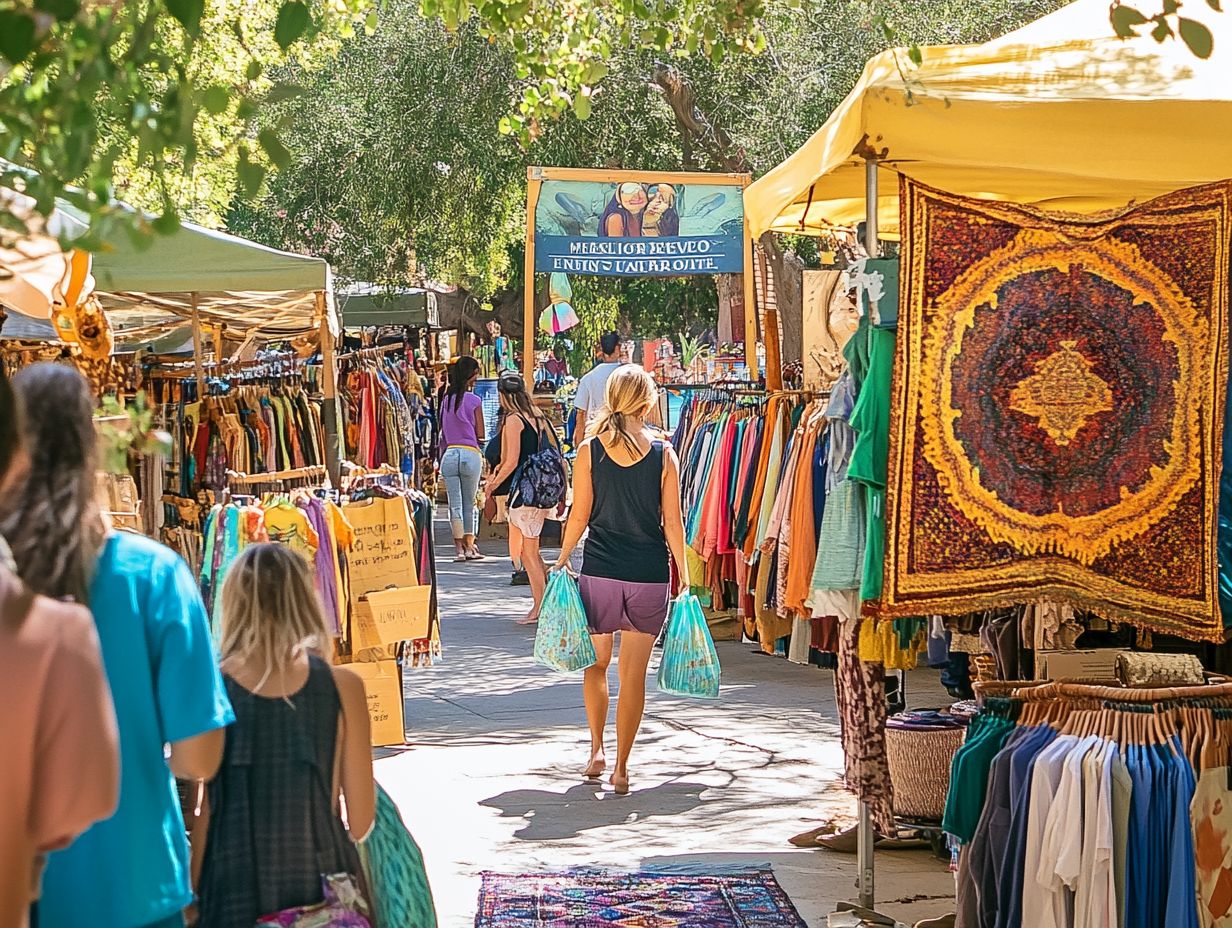
1. Do Your Research Beforehand
Before you embark on your journey into sustainable fashion, it’s crucial to conduct thorough research to grasp the details of eco-friendly shopping, particularly as significant events like Earth Day approach. These moments highlight how our wardrobe choices can play a pivotal role in addressing environmental challenges.
As you explore the practices of various brands, you can identify those that genuinely prioritize sustainability rather than merely polishing their image with greenwashing, the practice of misleading consumers about the environmental benefits of a product. Pay close attention to certifications, transparency in supply chains, and the overall environmental impact of each brand.
By supporting local businesses and ethical brands, you not only contribute to a sustainable economy but also cultivate a sense of community and connection with the products you choose. When you align your wardrobe choices with values that advocate for a sustainable future, you become part of a positive transformation within the fashion industry.
2. Look for Sustainable Brands
Finding eco-friendly brands is crucial for conscious shoppers like you, who are eager to build a sustainable wardrobe that mirrors your values and reduces your carbon footprint. This not only aids in personal expression but also fuels a fashion revolution centered around ethical production.
Among the standout brands, you’ll find Stella McCartney, renowned for its unwavering commitment to cruelty-free fashion, and Brother Vellies, which celebrates artisanal craftsmanship while advocating for fair labor practices.
It’s important to understand and support ethical production practices, as they not only benefit the environment but also ensure fair treatment and adequate compensation for workers.
To identify sustainable labels, you can seek out certifications like Fair Trade or the Global Organic Textile Standard (GOTS), and make it a point to read up on transparency reports. By championing these brands, you can significantly influence the industry, nudging it toward more responsible practices.
3. Choose Quality Over Quantity
Opting for quality over quantity in your wardrobe paves the way for a more sustainable future. When you invest in timeless pieces and well-made garments, you not only reduce waste but also enhance the longevity of your clothing.
By choosing items crafted with care and built to withstand the shifting tides of fashion trends, you can curate a versatile collection that exudes style while offering enduring wear. This mindful selection process diminishes the allure of impulsive purchases and champions ethical production practices, significantly reducing your environmental footprint. For more insights, check out these essential tips for thrift shopping sustainably.
Embracing enduring styles cultivates a sense of personal identity and connection to your clothing. It helps you steer clear of the fleeting nature of fast fashion, ultimately guiding you toward a more intentional and thoughtful approach to dressing.
4. Consider Secondhand and Vintage Options
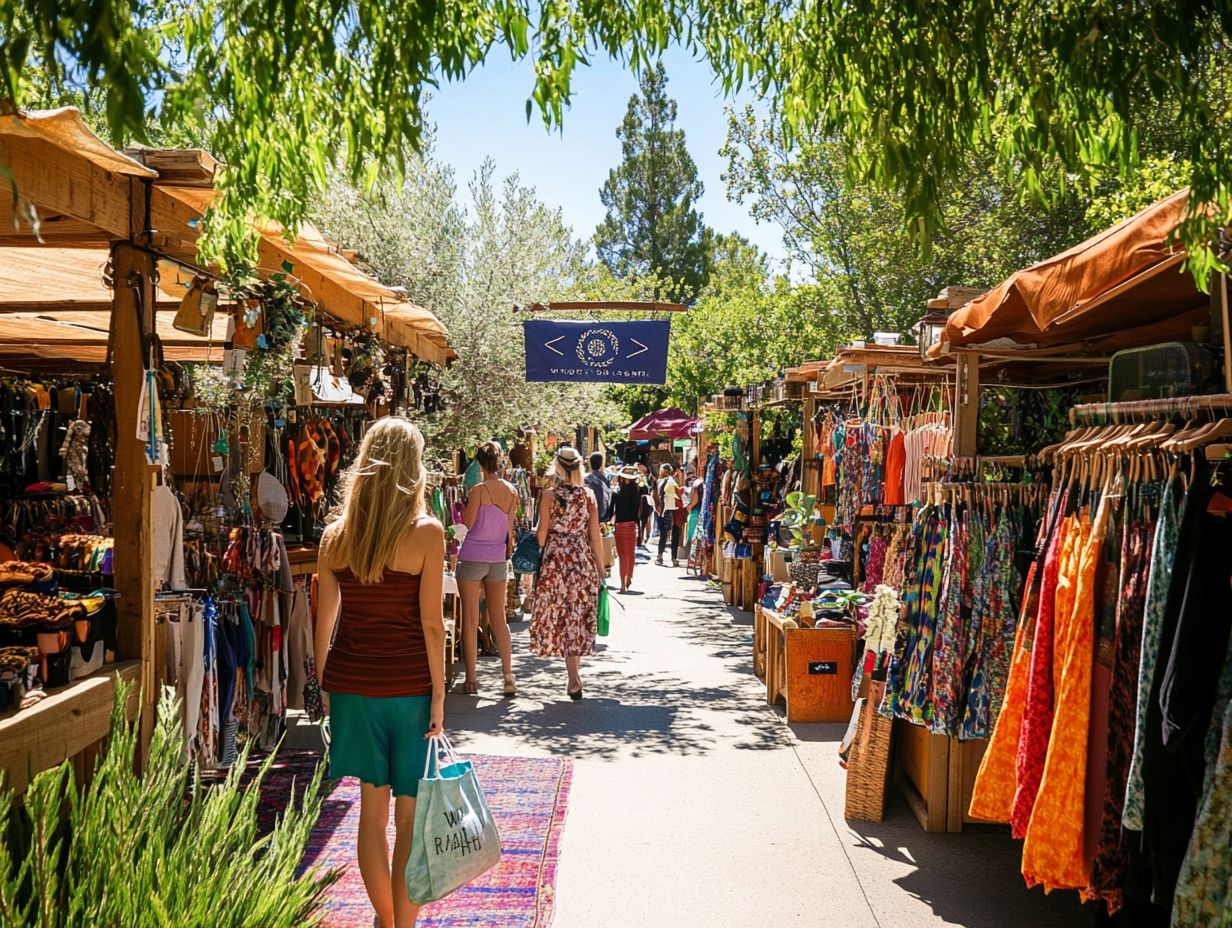
Ready to revamp your wardrobe while being kind to the planet? Exploring secondhand and vintage options is an exciting way to do just that!
It allows you to discover unique pieces while supporting the circular economy and reducing the demand for fast fashion.
In today s world, where environmental concerns are more pressing than ever, choosing to shop at thrift stores or participate in clothing exchanges can significantly cut down on textile waste.
Thrift stores often reveal a treasure trove of one-of-a-kind items, giving you the opportunity to express your individuality without contributing to mass production.
Donating your clothes builds a sense of community and promotes a sustainable lifestyle, aiding those in need while keeping wearable items out of landfills. By embracing these practices, you create a more diverse wardrobe and play a vital role in protecting the planet for future generations.
5. Properly Care for Your Clothes
Caring for your clothes properly not only extends their lifespan but also aligns with eco-friendly habits that limit waste and help mitigate the fashion industry’s environmental impact.
By adopting effective washing techniques like using cold water and gentle cycles you can significantly reduce wear and tear on your fabrics. Air drying your garments helps preserve their shape and color better than using high-heat machines.
For long-term storage, it s essential to keep your clothes in a cool, dry place, ideally using breathable garment bags to protect against moisture and pests.
Taking the time to repair minor damage or considering alterations instead of discarding well-worn items can save you money and resources, contributing even more to an eco-friendly lifestyle.
Why Is Sustainable Fashion Important?
Sustainable fashion is pivotal in tackling urgent environmental challenges brought on by fast fashion, paving the way for meaningful change within the industry and promoting practices that truly benefit the planet.
By prioritizing eco-friendly materials, ethical labor practices, and circular production models, you significantly reduce waste and energy consumption.
The fashion landscape, shaped by consumer choices, is gradually embracing a more conscientious ethos. As you become increasingly aware of the environmental implications of your purchases, you contribute to the rising demand for transparency and sustainability.
This collective movement encourages brands to acknowledge the necessity of minimizing their carbon footprint and adopting ethical production standards, ultimately fostering a healthier relationship between fashion and the environment. Exploring 5 ways fashion brands can go green is a key step in this journey.
What Are the Environmental Impacts of Fast Fashion?
Fast fashion plays a significant role in environmental challenges, including massive waste generation, high carbon footprints, and pollution. This underlines the urgent necessity for a shift towards a circular economy within the fashion industry.
You might be surprised to learn that the industry is infamous for its staggering water consumption. For instance, producing a single cotton t-shirt can require up to 2,700 liters of water. This excessive demand exacerbates the depletion of critical freshwater resources, especially in regions already grappling with water scarcity.
Then there’s the rapid turnover of trends, leading to mountains of discarded clothing. This creates a significant textile waste problem, with much of it ending up in landfills, where it can take decades to decompose.
Pollution is also a pressing issue; toxic dyes and chemicals from textile production often seep into waterways, harming aquatic ecosystems. By becoming more aware of these devastating impacts, you can make a difference today by supporting sustainable brands and demanding better practices from the fashion industry!
How Can Consumers Make a Positive Impact on the Fashion Industry?
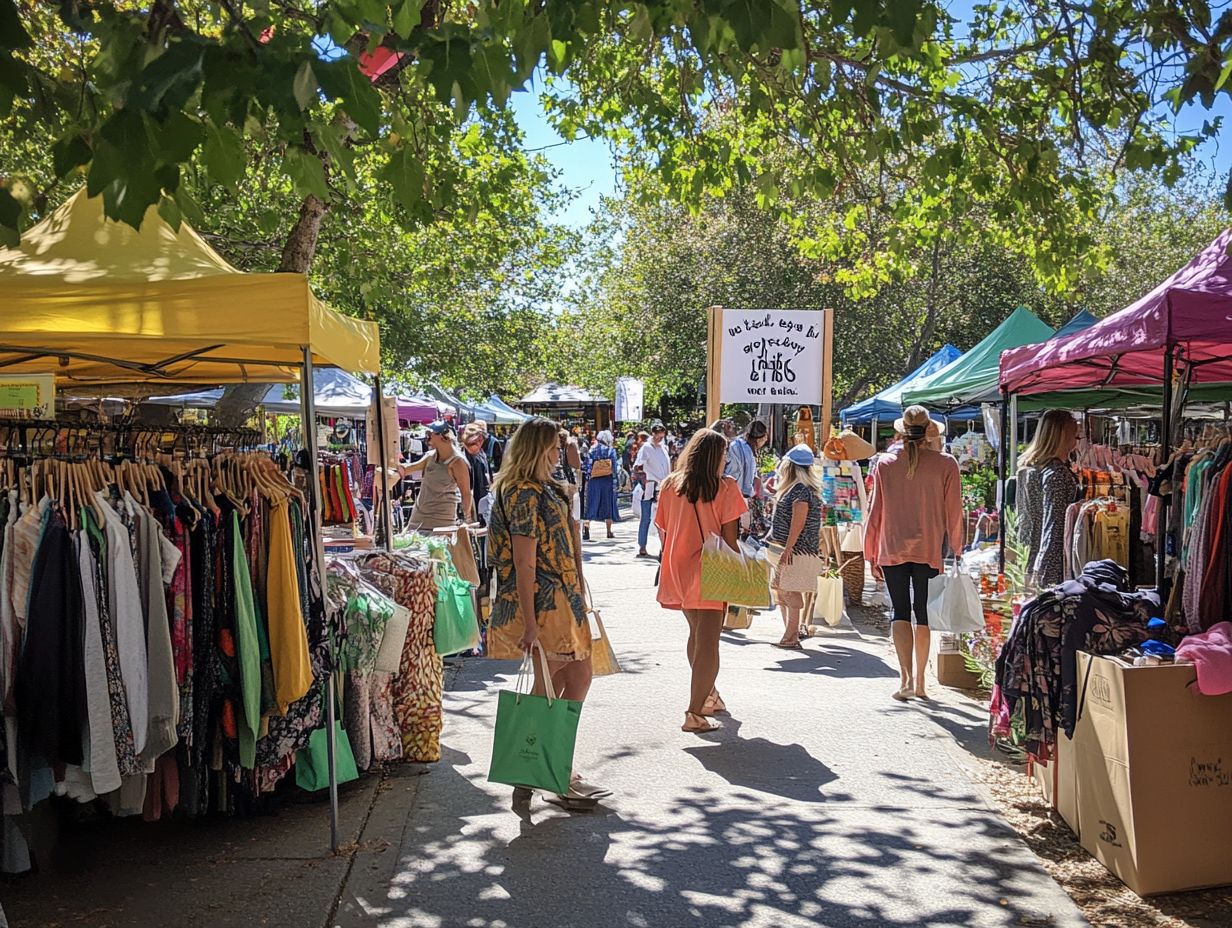
You can truly make a positive impact on the fashion industry by prioritizing sustainable shopping habits, supporting ethical brands, and joining community initiatives that promote responsible consumption.
Participating in clothing swaps is a great way to refresh your wardrobe without feeding the fast fashion cycle. It also helps build a community of like-minded individuals. Supporting local businesses is equally important. When you purchase from nearby artisans and ethical boutiques, you’re sustaining local economies and aligning your choices with your environmental values. Additionally, you can explore 5 ways to make your wardrobe more sustainable for further tips.
These collective actions contribute to a broader cultural shift toward sustainability. They encourage manufacturers to adopt eco-friendly practices and prompt consumers like you to be more mindful of purchasing behaviors. Learning how to transition to a sustainable wardrobe leads to a greener, more conscientious fashion landscape for everyone.
What Are Some Common Greenwashing Tactics in the Fashion Industry?
Greenwashing tactics in the fashion industry often mislead consumers regarding product sustainability. Stay sharp! Know what to look for in sustainable labels and ethical production practices.
This deceptive approach can show up as vague language, where a brand claims its product is “eco-friendly” without a clear explanation. You might also encounter misleading certifications, with brands flaunting logos that mimic credible environmental standards but lack substance.
To navigate this intricate landscape, seek transparent information about sourcing and manufacturing processes, along with third-party certifications from reputable organizations. Researching company practices and choosing brands that genuinely prioritize sustainability, such as those that offer zero waste fashion tips for a sustainable closet, empowers you to make informed choices that align with your values.
What Are Some Sustainable Materials to Look for When Shopping?
When shopping for sustainable fashion, it’s essential to seek eco-friendly materials like organic cotton, Tencel, and recycled fabrics. Choosing these textiles reflects your commitment to ethical production and environmental stewardship.
These materials reduce the use of harmful pesticides and chemicals during cultivation and play a key role in reducing waste through recycling. For instance, organic cotton uses significantly less water than conventional cotton, and its luxurious softness is a popular choice. Tencel, made from sustainably sourced wood pulp, is biodegradable, meaning it can break down naturally without harming the environment.
By incorporating such fabrics into your wardrobe, you actively promote a circular economy, where clothing can be reused, repurposed, or naturally decomposed. This thoughtful approach lessens the environmental impact of the fashion industry. If you’re looking for tips, check out how to shop sustainably on a budget, making a difference with every purchase.
How Can One Incorporate Sustainable Fashion into Their Everyday Wardrobe?
Incorporating sustainable fashion into your everyday wardrobe is achievable with a few thoughtful practices. Focus on building a capsule wardrobe, participating in clothing swaps, and selecting ethical brands that resonate with your values.
By choosing timeless pieces that embody minimalistic design, you simplify your wardrobe choices. This approach encourages careful selection and emphasizes quality over quantity, leading to fewer purchases and promoting an eco-conscious lifestyle. Additionally, learning how to make sustainable fashion choices daily can further enhance your commitment to sustainability. Embracing versatile clothing opens up various outfit combinations, effectively reducing the need for excess items.
Explore local boutiques or established ethical brands that prioritize sustainable materials and fair labor practices. By doing so, you support a circular economy and make a positive impact on the planet.
Frequently Asked Questions

What is a sustainable fashion shopping trip?
A sustainable fashion shopping trip focuses on buying clothing and accessories that are good for the environment and made ethically. It means being aware of how our fashion choices affect the planet and the workers who create the clothes.
Why is it important to have sustainable fashion shopping trips?
Fast fashion, which produces cheap and trendy clothing, contributes significantly to pollution and worker exploitation in the fashion industry. Sustainable fashion shopping trips help reduce our carbon footprint and support fair labor practices.
5 Must-Know Tips for Sustainable Fashion Shopping!
Ready to shop sustainably? Here are five fantastic tips to get you started!
- Research sustainable fashion brands and stores beforehand.
- Bring reusable shopping bags and avoid single-use plastic bags.
- Look for organic, natural, and recycled materials.
- Invest in high-quality and timeless pieces.
- Consider buying second-hand or renting clothes.
How can I find sustainable fashion brands and stores?
You can do a quick internet search for sustainable fashion brands or look for certifications like Fair Trade, GOTS, or B-Corp, which show that brands follow standards for fair labor and environmental care. You can also check out ethical fashion blogs or apps that curate sustainable fashion options.
What are some examples of sustainable materials?
Sustainable materials, like organic cotton and recycled polyester, are better for our planet. They use less water and energy, helping to reduce pollution and waste.
Can I still follow fashion trends while shopping sustainably?
Yes, you can still follow fashion trends while shopping sustainably. Look for timeless and versatile pieces that can be mixed and matched with different outfits. You can also opt for second-hand or rental options to stay on trend without contributing to fast fashion.
Embrace sustainable shopping today and make a positive impact on the fashion industry!
